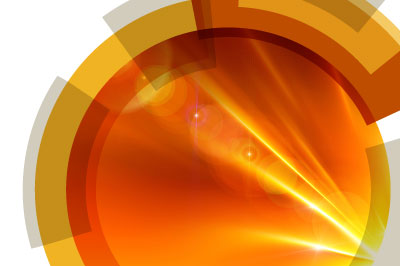A QM/MD coupling method to model the electrolyte induced polarization on graphene
Paola Carbone will discuss a new Quantum Mechanical/Molecular Dynamics (QM/MD) simulation loop to model the coupling between the electron and atom dynamics in solid/liquid interfacial systems (https://doi.org/10.1021/acs.jctc.0c00239). The method can describe simultaneously both the quantum mechanical surface polarizability emerging from the proximity to the electrolyte, and the electrolyte structure and dynamics. In the current set up Density Functional Tight Binding calculations for the electronic structure calculations of the surface are coupled with classical molecular dynamics to simulate the electrolyte solution. The reduced computational cost of the QM part makes the coupling with a classical simulation engine computationally feasible and allows simulation of large systems for hundreds of nanoseconds. We test the method by simulating both a noncharged graphene flake and a noncharged and charged infinite graphene sheet immersed in an NaCl electrolyte solution. We found that, when no bias is applied, ions preferentially remained in solution, and only cations are mildly attracted to the surface of the graphene. This preferential adsorption of cations vs anions seems to persist also when the surface is moderately charged and rules out any substantial ions/surface charge transfer. This method opens up the possibility for the simulation of electrified interfaces where the redistribution of excess charge on the electrode can be explicitly taken into account and any changes in the electronic properties of the surface can be investigated.
Paola Carbone will discuss a new Quantum Mechanical/Molecular Dynamics (QM/MD) simulation loop to model the coupling between the electron and atom dynamics in solid/liquid interfacial systems (https://doi.org/10.1021/acs.jctc.0c00239). The method can describe simultaneously both the quantum mechanical surface polarizability emerging from the proximity to the electrolyte, and the electrolyte structure and dynamics. In the current set up Density Functional Tight Binding calculations for the electronic structure calculations of the surface are coupled with classical molecular dynamics to simulate the electrolyte solution. The reduced computational cost of the QM part makes the coupling with a classical simulation engine computationally feasible and allows simulation of large systems for hundreds of nanoseconds. We test the method by simulating both a noncharged graphene flake and a noncharged and charged infinite graphene sheet immersed in an NaCl electrolyte solution. We found that, when no bias is applied, ions preferentially remained in solution, and only cations are mildly attracted to the surface of the graphene. This preferential adsorption of cations vs anions seems to persist also when the surface is moderately charged and rules out any substantial ions/surface charge transfer. This method opens up the possibility for the simulation of electrified interfaces where the redistribution of excess charge on the electrode can be explicitly taken into account and any changes in the electronic properties of the surface can be investigated.









